
How Civitas Learning Partners are Removing Retention and Completion Barriers
Share this Post
When higher education leaders look to see what’s working and what’s not, there’s no better source than talking with peer institutions. Yet, finding the time to connect and identify relevant contacts can be challenging amidst a workday that barely has enough time for lunch.
Civitas Learning’s Winter Leadership Forum recently brought together leaders from ten different institutions to discuss student success strategies for higher education. With a network of nearly 400 colleges and universities, this resource is invaluable for enhancing outcomes.
Facing persistent challenges in enrollment or graduation rates demands innovative thinking. Following the institute’s collaborative sessions, leaders gained fresh perspectives on addressing issues hindering student retention and success. Here are the top four areas highlighted by participants:
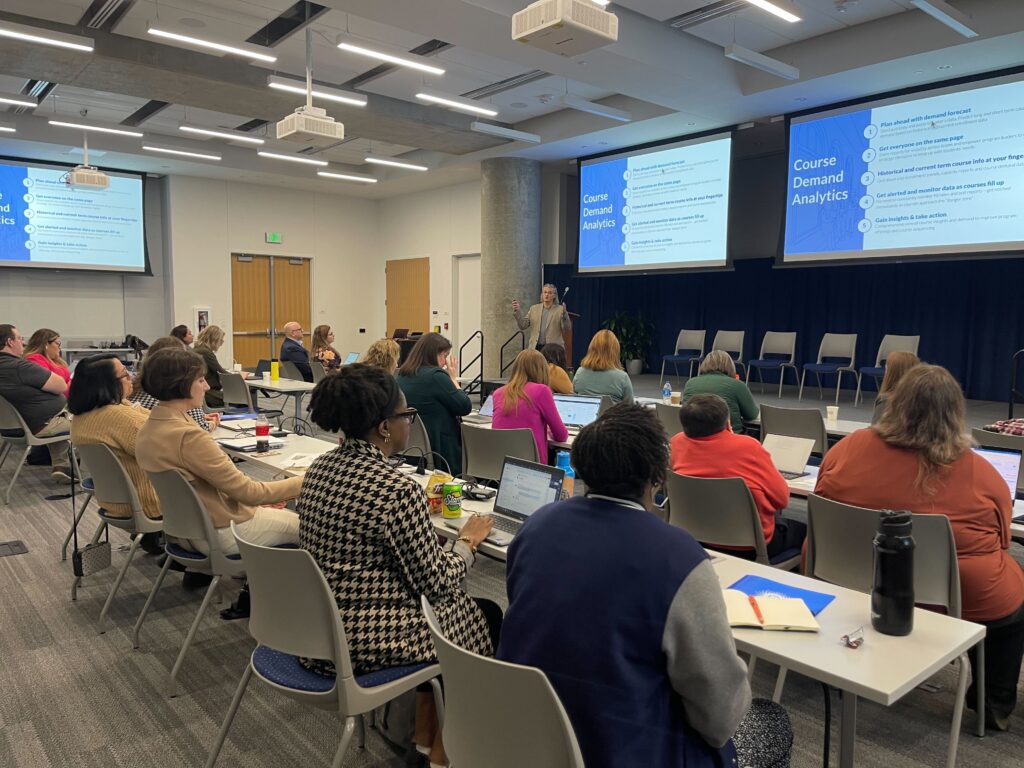
1. Facilitate seamless transitions between departments
When students recounting the same information to different campus support staff wastes valuable meeting time and negatively impacts their experience, leading to frustration and a sense of disconnect. While all members of an institution share the goal of guiding students to timely graduation, working in isolated silos often leads to inconsistent communication and redundant service.
Having one place to track information accessible to those who need it outside of individual teams ensures a seamless handoff, enhancing the impact and focus of student interactions. Several partners shared how they use Civitas Learning’s intelligent workflow to coordinate support across multiple fronts.
For example, at Texas A&M San Antonio, all undergraduate students are assigned an academic advisor, and those needing to meet academic standing requirements are also assigned an academic coach. However, student feedback revealed redundancy in conversations and information sharing between advisors and coaches. With Civitas Learning’s advising analytics and workflow solution, student support staff stay on the same page with detailed meeting notes, shared calendars, and appointment scheduling capabilities. This enables stronger alignment and more informed, productive conversations to support students on their academic journey.
Similarly, the University of Texas San Antonio (UTSA) acknowledges that student success isn’t the responsibility of just one office or division but spans across the institution. Through a “hub and spoke” model, UTSA centralized the Division of Student Success and established Student Success Centers within each academic college. Using a unified student success platform facilitates communication, collaboration, and coordination among departments and helps clarify each staff member’s role in student success.
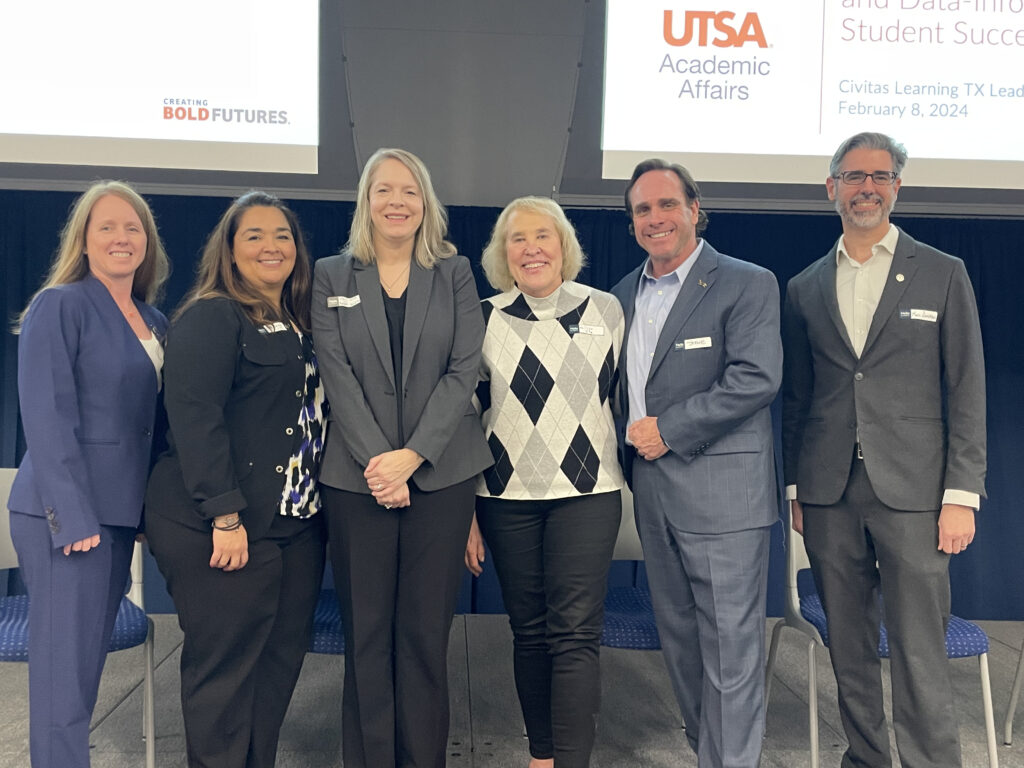
2. Move advising and student success support from transactional to transformational
With nearly 50% of students identifying as adults over the age of 25 with at least one family or work commitment they’re managing alongside their education, connecting with students and building relationships is incredibly challenging. The traditional one-size-fits-all approach is no longer keeping up with the complex needs of today’s diverse student population.
Student Success is more than improving graduation rates. It starts upstream with the relationship with their advisor — feeling that their story is known and support is tailored to their goals and life outside of class. Transactional meetings can leave students feeling like they are just a number. Holistic, transformational interactions build relationships and trust, enabling advisors to guide over time. Here’s how two institutions are accomplishing this goal:
Understanding that student success is rooted in retention, Texas A&M San Antonio needed to know how to better connect with new students after hearing that the new student orientation course scheduling process overwhelmed students. Additionally, it prevented advisors from having meaningful student interactions and made it harder for administrators to manage classroom space and class scheduling effectively. They teamed up with Civitas Learning to introduce a student-centered course scheduling experience, streamlining logistics and freeing time for advisors and students to have more impactful conversations.
Slippery Rock University (SRU) addressed their persistence and graduation rate challenges by introducing success coaches focused on building relationships with each student. These coaches bridge success and retention efforts, aiding students in accessing campus resources and conducting exit interviews. Civitas Learning’s platform supports this model by providing a unified view of scheduling and notes. Integrated calendars and communication tools enable staff to engage with students easily and provide support at scale. Actionable analytics empowers success teams to identify barriers and offers personalized support, resulting in a sense of care and acknowledgment among students and enhancing their overall experience.
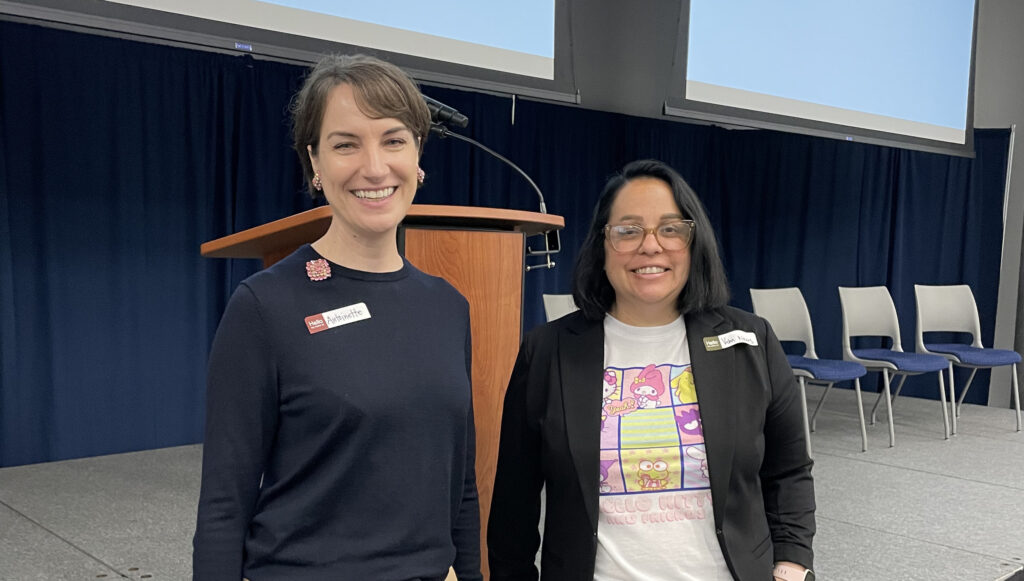
3. Leverage analytics to inform investments and resource allocation
The decision to enroll (or withdraw) can be influenced by seemingly minor factors, such as a course not being available during a student’s final term. Knowing what’s working so institutions can take action during the term helps students on the cusp of not persisting and informs investments and resource allocation.
With Civitas Learning’s Student Impact Platform, institutions can identify opportunities to impact success for certain groups, help advisors manage their caseloads, and prioritize outreach while the term is in progress. They can also assess program performance at the end of the term, providing insights into the true impact of each student success initiative and policy, thereby informing more effective support.
For instance, UTSA needed to determine how effective academic advising was in improving persistence. They wanted to know if at least one advising interaction during a term lifted persistence for undergraduate students compared with similarly matched non-participants. Using propensity-matched scoring, they could evaluate the program with an unbiased view since students who participate in advising are more likely to succeed and are not representative of the entire student population. The Platform matches on two levels: likelihood to participate (propensity) and likelihood to persist (persistence prediction). With a fair playing field, they identified a 7.9% lift in persistence from participating in at least one advising session.
SUNY Broome Community College faced a similar challenge of gauging how effective their outreach to students with high DFW (Drop, Fail, Withdraw) rates. With little knowledge of these students, they turned to Civitas Learning’s Advising Analytics, where they can look at the data and see students with moderate, low, and very low persistence prediction scores. They can ensure these students receive targeted communication about student support resources at the first sign of struggle. Additionally, the data facilitated dialogue across departments since multiple areas impact enrollment and retention.
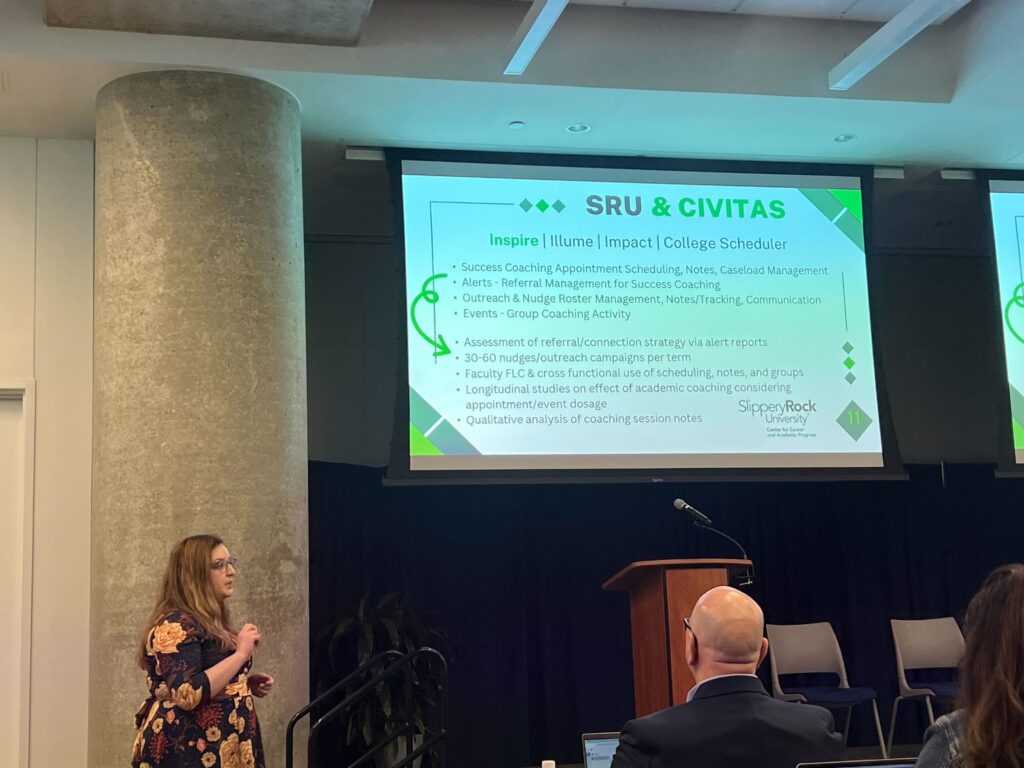
4. Removing barriers to persistence with course insights
Navigating the course planning process can be overwhelming for administrators and students alike. Understanding what courses students need to persist to the next term can influence tuition dollars, resource allocation, and, most importantly, the student experience. When institutions guess which courses students need, this can influence graduation delays as students struggle to access the necessary courses for completion.
With Civitas Learning’s Course Insights, institutions have a clear view of the courses with high DFW rates, enabling proactive support and resource allocation, such as embedded tutoring. Real-time dashboards empower teams to balance student needs with institutional resources, eliminating the need to guess what courses, sections, and modalities students need to graduate.
For example, SUNY Broome Community College identified three pivotal courses with significant graduation impacts. Improving just one letter grade in ENG 110 increased graduation likelihood by over 50%, while enhancements in ENG 110 and PSY 110 showed the most promise in boosting institutional graduation rates.
UTSA uses course insights to bridge communication between colleges, facilitating collaboration between departments. By identifying areas in the curriculum where the persistence rate declines, such as students outside their major experiencing difficulty in certain courses, departments can strategize support to bridge gaps in student success initiatives. Course Insights shows where and when there is persistence loss within the curriculum, guiding targeted interventions and improving overall graduation outcomes.
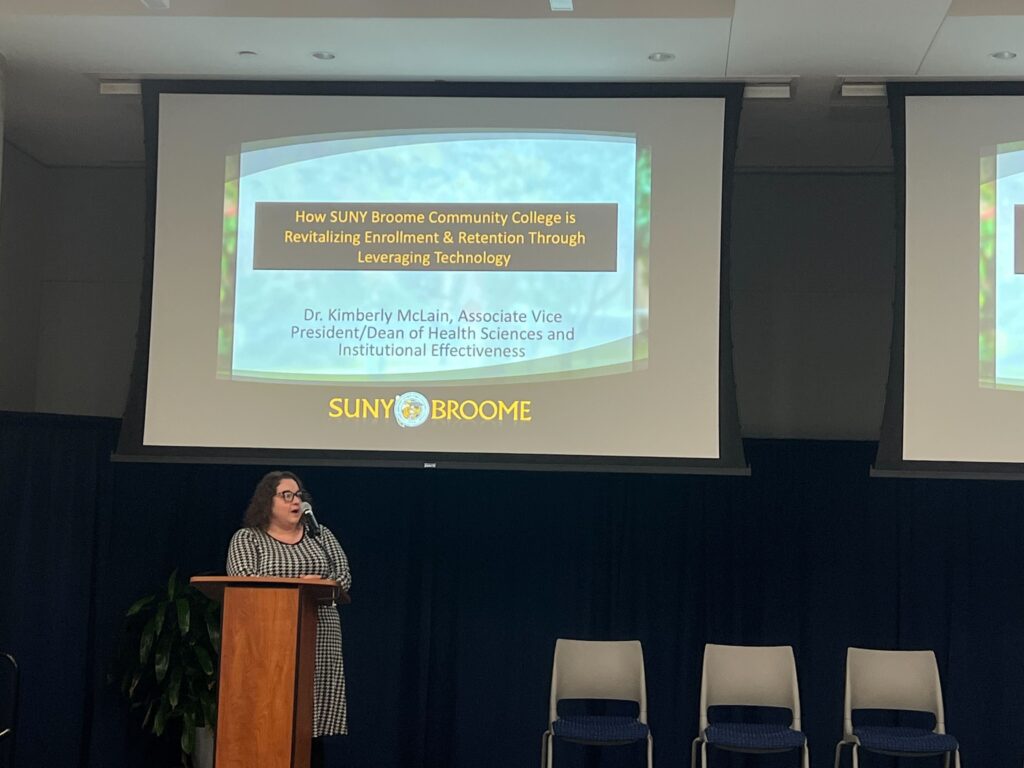
Working Together to Move the Needle on Student Success
The takeaways from Civitas Learning’s Winter Leadership Forum emphasize the pressing need for higher education to rethink how their strategies and initiatives impact student success. When leaders gathered to exchange insights into what’s helped move the needle on retention and enrollment rates, they left with actionable ideas and concrete examples.
Central to improving student success is taking an informed approach to decision-making. By embracing a data-informed approach using actionable analytics and connected workflow tools, higher education leaders can proactively eliminate barriers to retention and completion.
Get in touch to learn how partnering with Civitas Learning can help you proactively impact student success.


